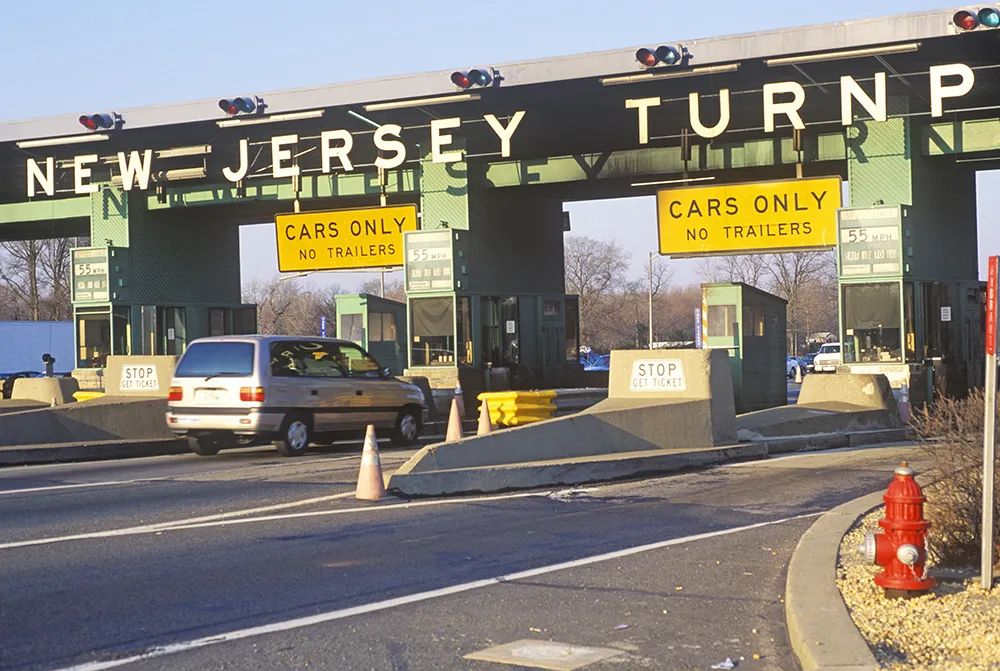Richard Harris from Xerox considers how to alleviate inner-city traffic congestion.
Whether travelling for business or leisure, wasting unnecessary time during your journey is a common source of frustration. From dealing with congestion, hold-ups caused by broken down vehicles or crashes to roadworks and other types of delay, wasting time is almost guaranteed to make most people experience additional stress before they even get to where they want to go.
Let’s face it, 96 hours per year is a long time spent doing anything. And according to new data on traffic congestion, this is precisely how long city-dwellers can waste sitting in traffic.
Parking pains
The travel infrastructure of our cities has a huge impact on how we behave during our working day and it also influences how we plan our leisure time. It determines how we structure our day and is a prime factor behind where we choose to work or live. Curious to understand the everyday challenges facing commuters,
According to the ‘Keeping our cities moving’ report, the state of parking is a real and growing concern. At present, approximately 9% of drivers spend more than 15 minutes every day just looking for somewhere to leave their car. A manageable number, perhaps, but when you look at the larger, traffic-heavy cities like London or Paris, (20% and 19% of drivers, respectively), the figure moves upwards of 10 minutes towards 30 minutes. That’s before factoring in the cost, which for 42% of commuters is the number one concern of parking.
As urban centres continue to grow, it shouldn’t follow that increased amounts of time and money are spent on parking. To permit this is to allow people to start the day stressed, increase pressure on their finances and likely impact morale when getting from one place to another.
No cars?
The obvious question here is why, in 2016, we still allow our days to revolve around parking in cities. The answer, unfortunately, is that alternative transport systems just aren’t seen as adequate across the continent.
For 24% of survey respondents, the car is still the only viable mode of transport available to them - that’s a poor reflection of public transport systems that are supposed to ease congestion. With convenience and speed cited as the key factors behind any transport choice, the car is still seen as the first choice for commuting to and from work. More than three quarters (77%) still believe the car is the fastest way to get around; faster even than the train.
With the car still held in such high regard, the challenge for cities becomes how to support better parking in and around prime locations such as offices, shopping centres and other popular areas. For the city planner, the long-term goal must be to build alternatives that will actually drive a change in behaviour.
How do we fix it?
Almost half (49%) of city-dwellers agree with the notion that ‘Better public transport provision will heavily influence the economic success of my city’. There is a clear appetite to move beyond a reliance on cars, but there first needs to be a workable alternative.
What does that look like? For many, it’s an integrated ticketing system, a ‘one-for-all’ city pass that will allow them to move from train, to bus, to boat without separate queues or payments. Make public transport easier – engineer the customer experience – and the implication is that ridership will increase.
The smarter use of data will also be key. If built on the right technology, cities can now use real-time occupancy data and flexible payment systems to provide simpler and more efficient parking options. Thanks to better tracking systems, improved information and guidance, cities can actively manage parking-related congestion, maximise revenue, and use demand-based pricing to influence drivers’ behaviour.
By thinking about the transport infrastructure in this way, city councils may be able to start countering the endless flow of traffic cruising the streets looking for a place to stop.
A move residents and commuters alike would applaud.
- About the Author: Richard Harris is solutions director at Xerox's International Transportation and Government Group









